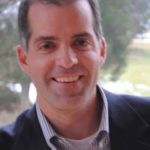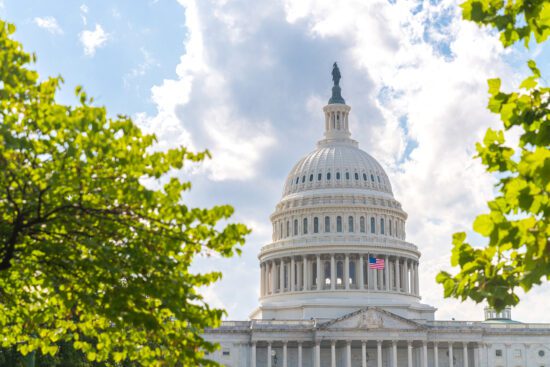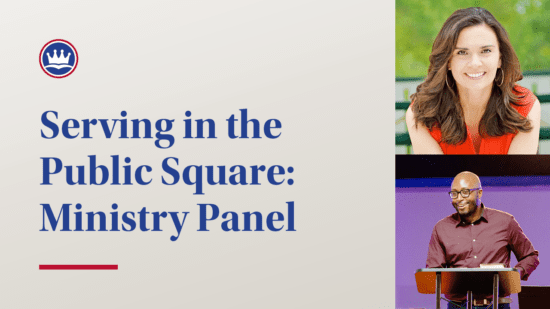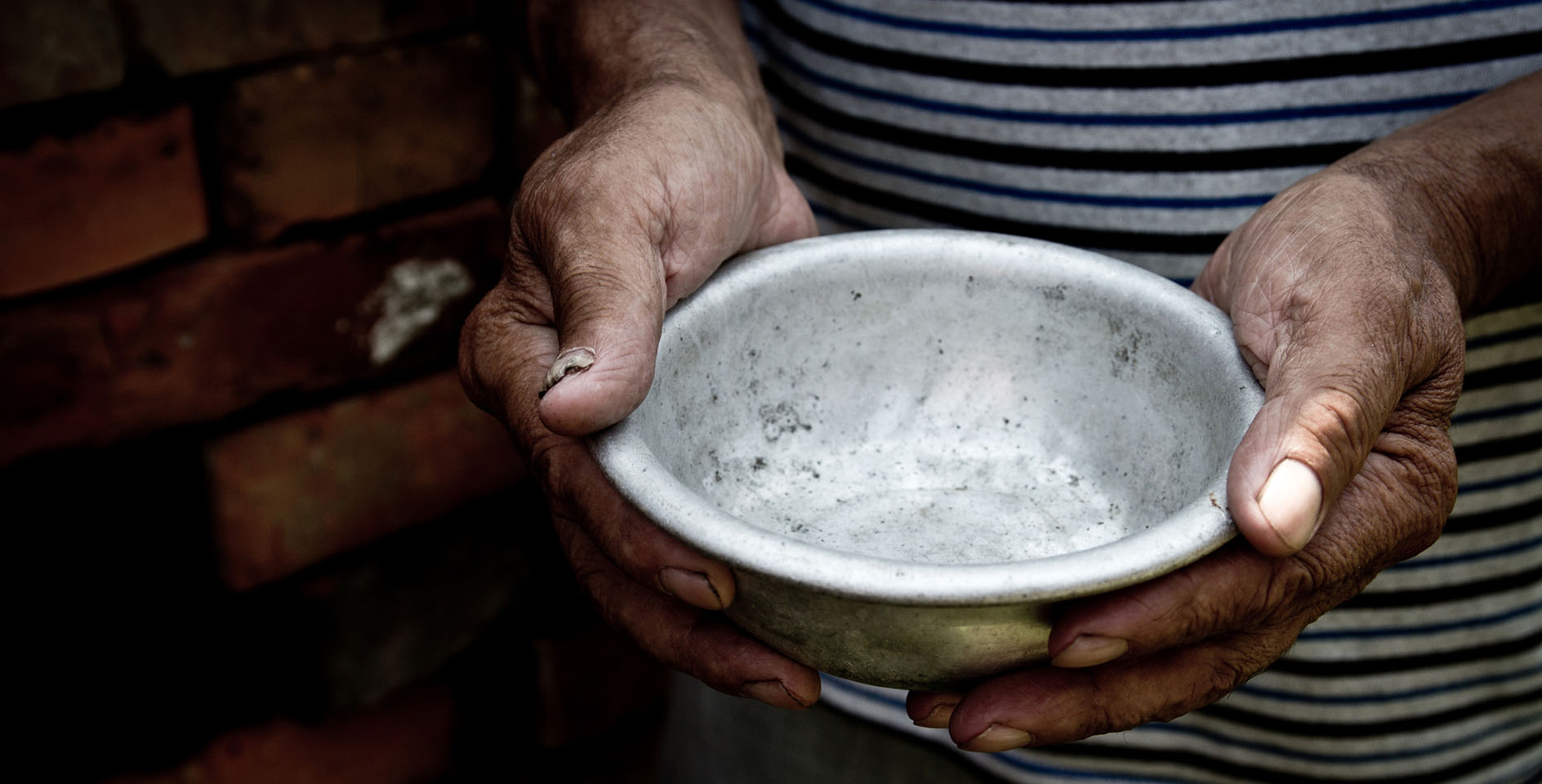Prior to the onset of the global COVID-19 pandemic in March 2020, the opioid epidemic was the healthcare crisis that grabbed and held our attention. In the State of Tennessee, where I live, deaths related to drug overdoses increased by 18% from 2018 to 2019.12021 TN Annual Overdose Report, p. 30
In Wilson County, local law enforcement was speed-tracking resources and training to curb overdoses induced by Fentanyl-laced opioids. African American pastors, particularly, were conducting more funerals of congregants who lost their battle with addiction. And initiated by the county mayor’s office, a task force was established in 2018 to bring addiction awareness, education, and prevention practices to our affluent, upper-middle class community.
The COVID pandemic, however, did not curb opioid use and abuse. It merely moved it out of plain view, but only temporarily. Substance abuse and overdoses continue at alarming rates along with other mental health challenges affecting neighbors of all ages. In our community, for example, local middle school administrators are forced to call an ambulance almost daily due to suicidal or homicidal ideations from middle school students. Social-emotional challenges not only hinder a student’s ability to learn, but create a difficult environment for both students and faculty in our public schools.
The opioid crisis is a devastating symptom of a profound spiritual, emotional, and relational brokenness that affects far too many of our closest neighbors. Loving our neighbors, then, calls the church to move into this brokenness to both restore those already trapped by addiction and to build a robust, comprehensive disciple-making model that prevents the likelihood of substance abuse and addiction from ever beginning.
3 steps your church can take
Consider these three steps your church can take to break your community free from the opioid crisis:
1. View substance abuse and addiction as a Great Commission issue.
Spiritual lostness produces brokenness, and too often that brokenness is called addiction. Pastor Robby Gallaty said that many pastors view people with addiction as “those drug heads.” The implication is that those who battle drug addiction exist in a separate category of humanity — perhaps a category Jesus cannot or will not redeem.
Many religious people during Jesus’ ministry viewed the lame, blind, and demon-possessed in a similar way. But Jesus made the most marginalized people in the community central to his ministry offering them both spiritual life and physical healing.
Our Great Commission mandate means the marginalized are not marginalized in our church or in our ministry. It means we remove the stigma of addiction, and invite those who are suffering to come near.
It means pastors preach on the subject and that our evangelism training, small group ministry, and disciple making strategy include practical help and lasting hope for every neighbor carrying all kinds of sin and brokenness, including that of substance abuse, addiction, and other mental health challenges.
2. Respond to substance abuse and addiction in collaboration with community partners.
Local churches should be a place of healing for those who struggle with addiction, but no one church alone can provide all the resources necessary. Some churches offer a recovery program, but not all can. Some churches provide counseling, but not all can. Sometimes the need is acute, and a church is simply not prepared to provide the assistance needed.
But when churches collaborate with other church and community partners, including healthcare providers and social services, they have access to more resources that can help them help their neighbors in crisis.
Through the State of Tennessee Department of Mental Health and Substance Abuse, for example, churches can join the network of Recovery Congregations. As a Recovery Congregation, a church agrees to be a place of help and healing. Few churches can do everything, but every church can do something, and in turn connect to other churches and local agencies that offer more specialized assistance.
In our community, the organization called DrugFree Wilco provides awareness, education, and opportunities for churches and other community groups to serve our vulnerable friends and neighbors well. There could be similar organizations near you.
As churches walk with people who are struggling with addiction, community partnerships allow us to serve our neighbors more effectively than we ever could alone.
3. Prevent substance abuse and addiction through an incarnational disciple-making strategy.
Much of our efforts related to the opioid epidemic are reactionary. We meet someone struggling with addiction, and we respond by giving practical help and sharing the gospel. That is the correct response, and there will always be a need for us to minister to human needs in this way.
But for long-term progress, perhaps churches can evaluate how we take on the task of disciple making. In addition to teaching the next generation already in our student ministries, perhaps we can consider efforts that prepare, encourage, and send out believers to live as missionaries among people who have not yet attended our church or the programs we offer.
As we root believers in the riches of God’s Word equipping them to make disciples, we can also incentivize them to build significant relationships with neighbors outside of our church.
I’m honored to lead a coalition of churches working together for the transformation of our community. As we give believers the opportunity to serve in the public schools, in addiction recovery programs, in poverty alleviation initiatives, and in foster care programs, we move God’s people into the public square. These are not programs the church must manage or can always measure, but they help believers live present with people in their brokenness in order to serve, teach, and influence them to follow Jesus with us.
This incarnational approach to disciple making is less programmatic, and more personal. It’s also less measurable in the short term, but perhaps creates long-term, sustainable transformation for our closest neighbors and in the social structures of our community.










